Nakajima Kikka
| ||||||||||||||||
Even with this limited amount of information Nakajima started work on the Kikka in September 1944. Several changes where made to the original Me-262 design making it simpler and easier for manufacture in Japan including using more readily available materials such as wood. One major change was the addition of folding wings which would enable the aircraft to be concealed more easily. At first it was planed to fit the Kikka with the Ishikawajima Tsu-11 motorjet which was originally designed for use on the MXY7 Ohka kamikaze plane. Instead Ishikawajima started development of new jet engine specificity for use in the Kikka called the Ne-10, this design however was unable to produce enough thrust to power the Kikka. With this failure work moved to the Ne-20 which was a reverse engineered version of the German BMW 003, the engineers at Ishikawajima only had a few photographs and a cut-away drawing to work from though. Even with this limited amount of information they were able to produce a usable engine.
The first prototype was completed in June 1945 and after ground tests it took to the skies for it's first flight on 7 August 1945 with with Lieutenant Commander Susumu Takaoka piloting. The short flight went well but the Ne-20 required a long time to get the Kikka up to takeoff speed. To elevate this on the second test flight the Kikka was fitted with RATO (rocket assisted take off) units, unfortunately the rockets had been fitted at an incorrect angle resulting in the Kikka crashing during takeoff. Work started on repairing the damage but the war ended before they could finish. A second prototype was also nearing completion at the time the war ended, along with around 20 other airframes in various stages of completion. After the war American forces captured airframes number 3, 4 and 5, they where sent to Patuxent River Naval Air Base in America for testing. The prototypes where later cannibalized to make a single complete aircraft, which was then given to the Smithsonian National Air and Space Museum. The Museum kept it in storage for many years but it has recently been moved it to the Steven F. Udvar-Hazy Center for restoration work.
Notes
The Kikka is sometimes incorrectly referred to as the J9N1 or J9Y, these are unofficial post-war designations based on the Japanese wartime naming convention. The name Kikka is also somewhat incorrect, the original Japanese name 橘花 is Kitsuka when translated into Rōmaji/English. Kikka is instead the phonetical translation from Japanese into English. It's unknown how this translation error came into common use but it was presumably from US intelligence reports, which have been repeated by historians ever since.
References
| 1930 - 1940: Pre-War |
1940 - 1942: Early-War |
1942 - 1944: Mid-War |
1944 - 1945: Late-War |
1945 - 1960: Post-War |
1930 - 1960: Total-War |
|
| Buildable | Yes | Yes | ||||
| Bonus Crate |

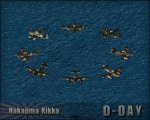

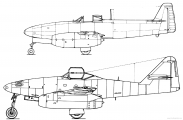
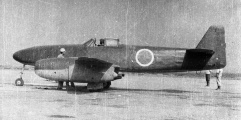

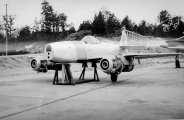
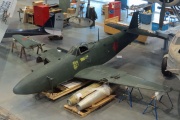
Enable comment auto-refresher